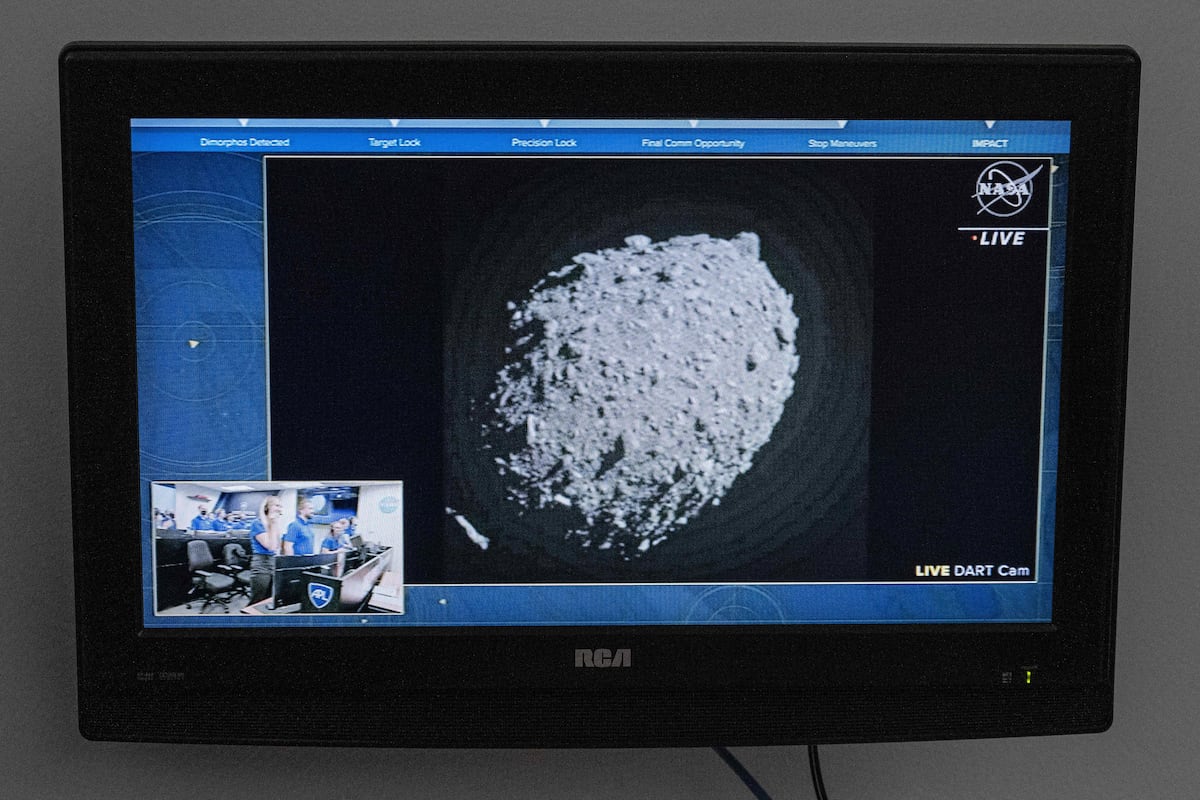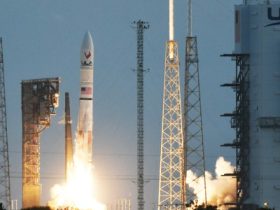PARIS — Europe launched its first spacecraft to help develop a defense against city-killer asteroids slamming into Earth.
The European Space Agency’s Hera mission, to which defense firms Thales and Leonardo contributed technology through their joint venture Thales Alenia Space, took off from Cape Canaveral on Monday riding on a Space X Falcon 9 rocket. The mission will study the results of a NASA experiment that was humankind’s first attempt at deflecting an asteroid.
About 30,000 asteroids measuring 100 to 300 meters travel the solar system in orbits that bring them relatively close to Earth, with one such space rock hitting the planet every 10,000 years, according to Thales. The impact of such an asteroid would be equivalent to an explosion of around 50 megatons, equal to the Soviet Union’s Tsar Bomba, the most powerful nuclear weapon ever tested.
“We currently know of more than 35 000 asteroids that come close enough to Earth for us to keep an eye on,” ESA wrote in post on X, formerly Twitter. “Hera is part of the international effort to answer the question: Could we do anything if we spotted one on a collision course?”
The Hera mission will investigate the result of NASA’s asteroid redirection test, in which the U.S. agency rammed a spacecraft into the asteroid Dimorphos in 2022 to test planetary defense capabilities. Hera will reach the binary asteroid system that includes Dimorphos in October 2026, and gathering close-up data may help turn NASA’s kinetic impact experiment into a potentially repeatable planetary defense technique, Thales said.
Mid-sized asteroids are the ones to worry about, as their impact would be devastating for a populated area, capable of destroying an entire city or create a tsunami, according to Thales. Binary systems, a term describing pairs of two orbiting each other, account for around 15% of all known asteroids, but none have ever been studied in detail, ESA says.
“Hera will provide valuable data for future asteroid deflection missions and science to help humanity’s understanding of asteroid geophysics as well as solar system formation and evolutionary processes,” SpaceX said in a post on X.
Thales Alenia Space provided the communications subsystem for the Hera mission, allowing ESA to track and control the spacecraft from a distance of up to 500 million kilometers away, Thales said. The joint venture also supplied the power unit.
ESA plans to build on the experience acquired with Hera for its future Ramses mission, which needs to launch in 2028 for a rendezvous with the asteroid Apophis, which will pass within 32,000 kilometers of Earth in April 2029.
“If we did detect an asteroid on a collision course with Earth, a reconnaissance mission like Hera or Ramses would likely be launched as soon as possible to precisely determine the object’s trajectory and rule out a false alarm,” ESA said on X.
Such as mission would also measure the asteroid’s physical properties, which would be essential to determine when and where, and with what power, a deflector mission would need to hit the asteroid to safely divert it away from Earth, according to ESA.
Rudy Ruitenberg is a Europe correspondent for Defense News. He started his career at Bloomberg News and has experience reporting on technology, commodity markets and politics.
Read the full article here








Leave a Reply